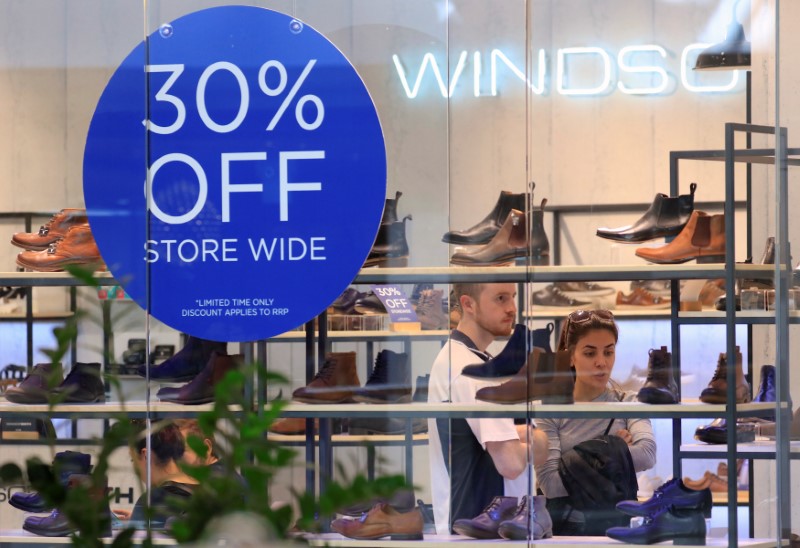Investing.com-- Australian consumer inflation remained steady in January from the prior month, missing market expectations for an increase in price pressures, but also remaining above the Reserve Bank’s annual target.
Consumer price index (CPI) inflation grew 3.4% year-on-year in January, data from the Australian Bureau of Statistics (ABS) showed on Wednesday. The reading was lower than expectations of 3.6%, and was steady from December’s reading, which was Australia’s lowest CPI reading since November 2021.
Housing and rental prices remained a key driver of inflation, while rebates on electricity helped ease utility costs. Food inflation remained elevated, while recreational spending dropped.
Core CPI inflation, which excludes volatile items such as fuel, fresh food and holiday travel and presents a clearer picture of underlying inflation, rose 4.1% in January, declining from the 4.2% seen in December.
While inflation has eased substantially from the 30-year peaks seen in early-2023, it still remains well above the Reserve Bank of Australia’s 2% to 3% annual target. The central bank expects CPI to only fall within its target by mid-2025, and to hit the midpoint of the target range by 2026.
Wednesday’s reading, while lower than expected, lent some credence to a recent warning from the RBA that sticky Australian inflation could potentially spur more interest rate hikes by the central bank.
The RBA had hiked rates by a cumulative 425 basis points since 2022, as it moved to curb a post-COVID spike in inflation.
